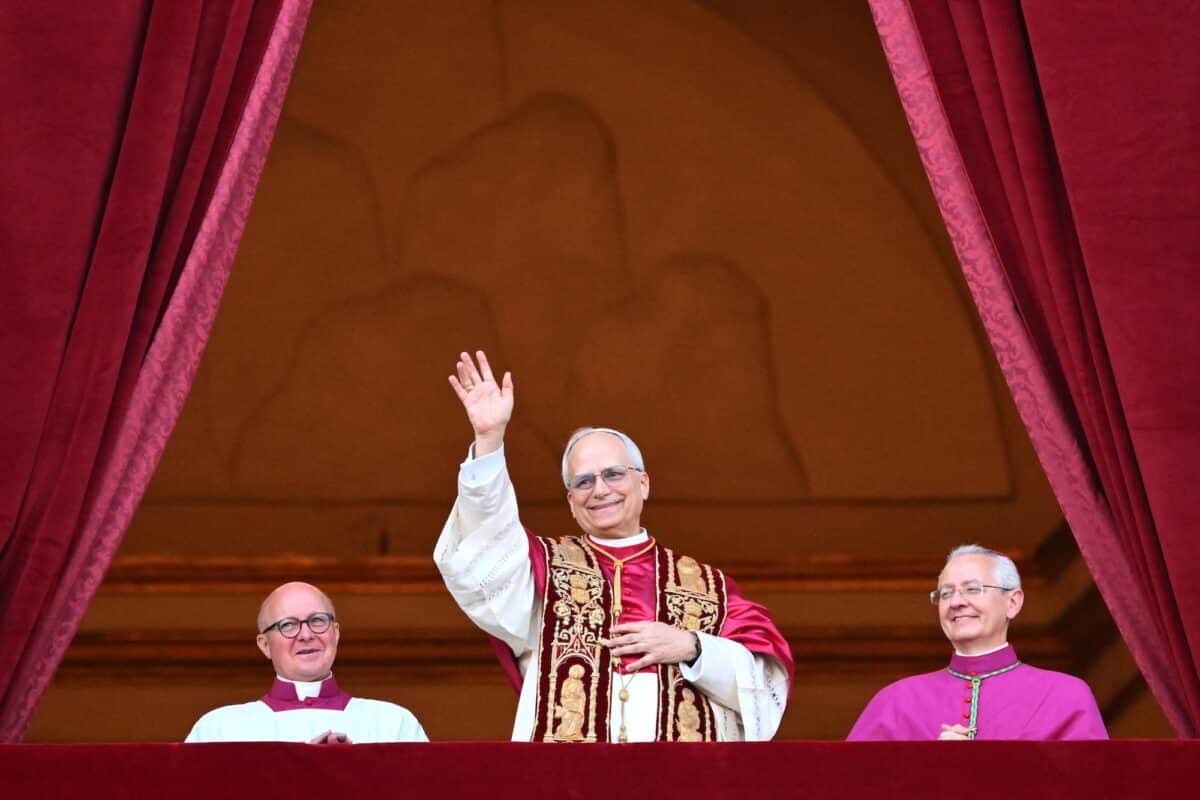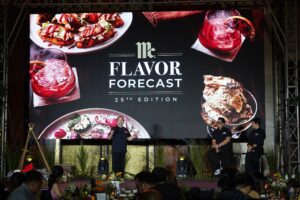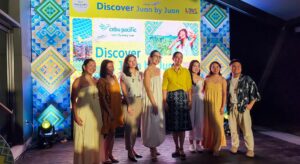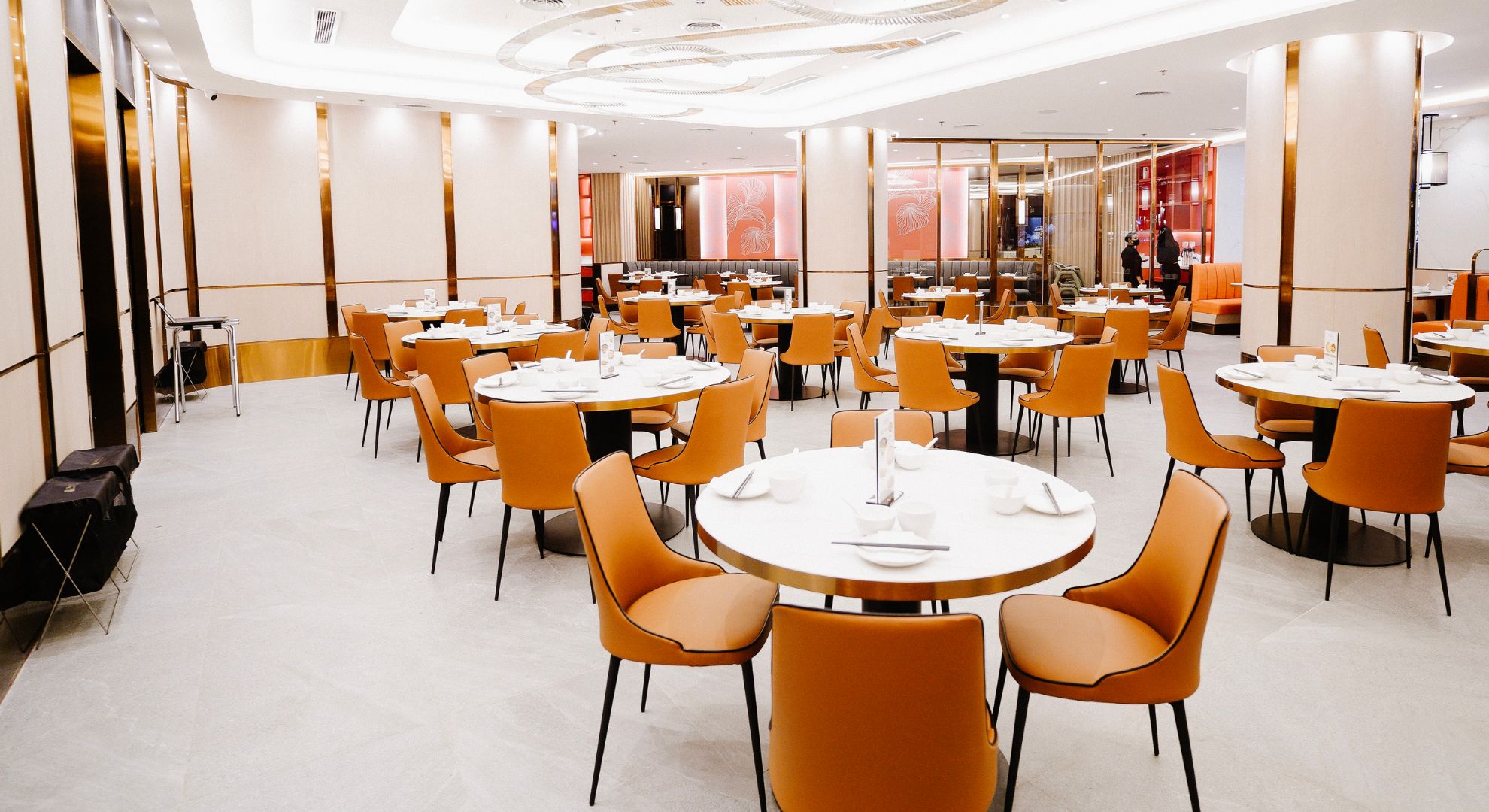Decades ago, the writer Nick Joaquin pointed out that the identity of the Filipino is of someone asking what their identity is. This confusion is understandable because, as journalist Carmen Nakpil said, we spent 300 years in a convent and 50 years in Hollywood—our identity is a mismatch of the confusing, exciting, and bizarre. After centuries of colonization, we are suddenly expected to create a sense of self outside of what we have gotten used to.
The best metaphor for this is the jeepney, an adaptation from war times that became our standard mode of urban transportation: we sit beside and across other passengers, and we are all on the journey together. The art that adorns these vehicles says a lot about who we are as people. Mama Mary is painted beside a portrait of the driver’s baby girl, who is smiling beside Captain Jack Sparrow.

In our households, Feng Shui charms hang above doorways, and sometimes above Catholic altars, where the Sto. Niño carries a pot of gold beside a plump, laughing Buddha. Walk the city, and listen to the conversations, where people use language haphazardly—for example, witness these linguistic amusements that, to us, are just common ways of speaking: “Triny namin yung bagong restaurant,” “Sumi-ar ka na dito bago tayo gumora,” “Exagg ka naman chumismis!”
Go ahead and visit any karinderya and experience the literal global fusion of food: pancit (Chinese), kaldereta (Spanish), kare-kare (Indian). Joaquin pointed out that pandesal, kape, and adobo are all so “Filipino” that we cannot imagine our meals without them—even though they actually have colonial origins. You cannot extract a supposed purity of Filipino-ness from these, but many today still try.
There is a lot of confusion about who can be considered authentically “Filipino.” I am not talking about whatever is written in one’s government documents—we know that a Filipino national can be “un-Filipino” and a non-Filipino can be “more Pinoy” than us. I am talking about the so-called “Filipino identity.” A lot of people I talk to, especially from the Filipino diaspora community, do not feel like they are “Filipino enough,” so they might look to us “mainlanders” for guidance. But, weirdly, even those of us who are based here, especially urbanized and Christianized folks, do not always feel as Filipino as, say, Indigenous People. We feel that the katutubo are more Filipino because they have retained their traditions from before colonization. This is an ironic notion because we were not even called “Filipino” before the Spaniards came, and we claimed that name for ourselves. To call IPs “Filipino” can be seen as a kind of colonization, since we are absorbing them into our own formerly colonized identity.
Why do we think of the IPs as so separate from us, as though their ways of life are stuck in some faraway past? Why do we think of IPs as somehow equal to pre-colonial ancestors, as though they have never been changed by history? Are they not also part of our world today? They use cellphones, watch television, and visit malls, and, more importantly, they are affected by modern problems, such as over-mining, over-fishing, land grabbing, and illegal logging. Their traditions, languages, and ancestral domains are being systematically eradicated and taken, to prioritize profit and supposed alignment with the trends of the larger world.
IPs do not exist in a vacuum of romantic space-time; they exist with us in a shared economic and political system that seems to prioritize a very particular kind of Filipino—the globalized (that is, Westernized), English-speaking, foreign-educated, dollar-earning type. We hear this in family gatherings: It becomes such a boast to claim that so-and-so’s child is studying or working abroad.
Yet if we really look at it, we also know that those who seek opportunities abroad, especially Overseas Filipino Workers and Filipino immigrants, are often at the mercy of fickle and exploitative systems, which are alien to the social values they have gotten used to. Not to mention the grief, sorrow, and longing of one who has to be away from their own families just to give them a good life.
It is therefore quite strange that those outside look to us in order to find themselves, while we who are within gaze beyond our own confines to dream of a better life away from these islands. From the province, we move to Manila; from Manila, we move abroad; those abroad want to return to their provinces—and the cycle continues.
We keep creating all these rules and hierarchies, and, in the end, the “Filipino identity” is lost to us. All we have are empty stereotypes of one who is great at karaoke and loves the ube in halo-halo. In the end, because we cannot accept our solidarity amidst our differences, we erase our connection to fellow Filipinos here and around the world. But, sure, let us quickly imagine a person who is supposedly the “most Filipino,” the “purest” of all: they should be both uncolonized in spirit and tradition, but they should have also participated in our history as a people, which includes colonization. It is a self-contradictory absurdity, and it does not exist.
Imagining what we would have been if we were not colonized is the task of artists and fictionists, and maybe through them we can dream new ways of being—but the reality remains that in order to be Filipino, in mind, heart, and spirit (sa isip, puso, at diwa), we must participate in our own culture.
We really have to let go of this ridiculous policing of identity, and begin to see things as they are, not as they should be. For an archipelagic people we sure are insistent on a singular identity. Let us look at the alternative. Instead of finding the purest, most ideal Filipino, and apply that standard to everyone who claims to be such, what if we bear witness to all manifestations of our culture, as varied as they are, and embrace them as equally contributing to our pagka-kapwa? What we see, in jeepneys and karinderyas, in cities and provinces, locally and in Filipino communities everywhere around the world—all of that is, in the most general and inclusive sense of the word, “Filipino.”
Go as far back into history as you want, and you will not find the purest Filipino, because culture has never been a static, dead thing: it is a dynamic, constantly evolving, lived experience.
“Filipino,” then, is a consciousness, a context that is shaped by a shared history and personal experience; it is an embodied participation in the playfulness of a cultural spirit that persists despite oppression and distance. No one Filipino is ever Filipino enough, but there’s enough Filipino to go around.









































